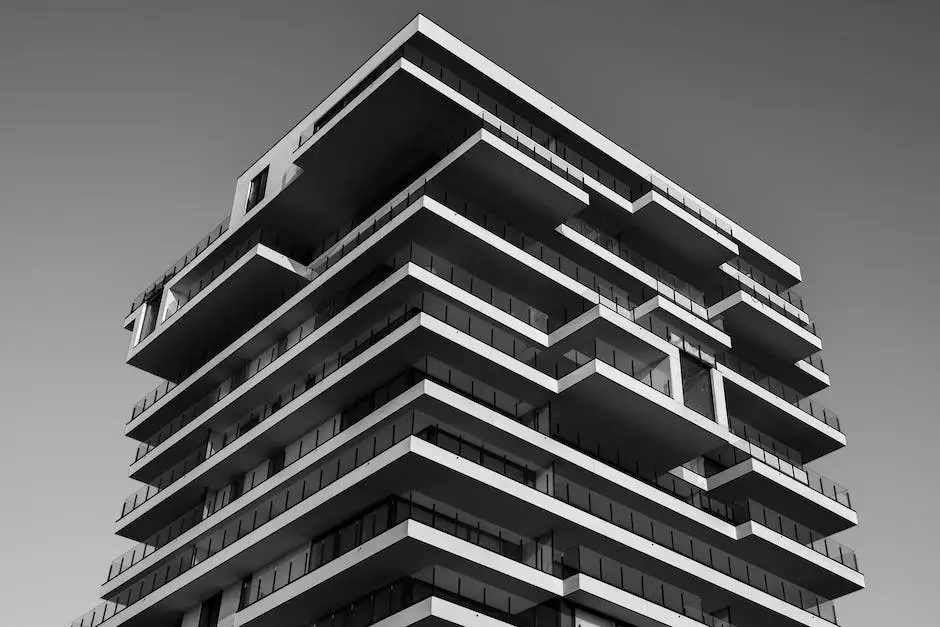
Ah, Toulouse – La Ville Rose (The Pink City) – a name that conjures images of warm, terracotta bricks and a skyline punctuated by the spires of medieval churches. It’s a city where the past and present dance in architectural harmony, each step a testament to the city’s evolving identity. Let’s take a stroll through the streets of Toulouse, where history’s layers unfold before our eyes, revealing a rich tapestry of design and innovation.
The Roman Footprint
Toulouse’s architectural journey begins with the Romans. They left behind remnants that whisper of an ancient grandeur, like the faint lines of a well-loved book. The Basilica of Saint-Sernin stands as a beacon of this era, its foundations laid in the 4th century. It’s a marvel, really, how it has withstood the test of time, its Bell tower reaching skyward as if in conversation with the heavens.
The Medieval Mastery
Fast forward to the Middle Ages, and Toulouse blooms with the wealth of the pastel trade. The city’s merchants, flush with coin, commission grand townhouses – the hôtels particuliers. These stately homes, with their intricate façades and courtyards, are a testament to the city’s prosperity. The Hôtel d’Assézat is a prime example, its Renaissance details a nod to the influence of Italian artistry.
The Renaissance Rebirth
As the Renaissance sweeps through Europe, Toulouse is not left untouched. The city embraces the new artistic currents, and its architecture begins to reflect the elegance and proportion of the times. The Pont Neuf, despite its name, is a relic of this period. It spans the Garonne with a grace that belies its age, a silent witness to the city’s continued growth.
The Haussmannian Wave
The 19th century brings with it a wave of modernization. Baron Haussmann’s influence, so prominent in Paris, ripples down to Toulouse. The city’s narrow, winding streets give way to grand boulevards and open spaces. Buildings rise with a newfound uniformity, their facades a chorus of ordered windows and wrought-iron balconies. It’s a dramatic shift, one that ushers Toulouse into the modern age.
The Contemporary Canvas
In recent decades, Toulouse has embraced contemporary architecture with open arms. The city becomes a canvas for modern architects, their bold creations a stark contrast to the soft hues of the old city. The Médiathèque José Cabanis is a shining example, its sleek lines and glass façade a beacon of modernity amidst the historical backdrop.
Preservation and Progress
What’s truly remarkable about Toulouse is its commitment to preserving the old while welcoming the new. The city understands that its architectural heritage is a treasure to be protected. Yet, it also recognizes the need for progress, for buildings that meet the demands of the 21st century. It’s a delicate balance, but Toulouse navigates it with finesse.
FAQs
What makes Toulouse’s architecture unique?
Toulouse’s architecture is a blend of historical periods, each leaving its distinct mark. From Romanesque churches to Renaissance townhouses and modernist structures, the city’s buildings tell a story of evolution and diversity.
Can visitors tour Toulouse’s historic buildings?
Absolutely! Many of Toulouse’s historic buildings are open to the public. Guided tours offer insights into the city’s past and present architectural wonders.
How has Toulouse preserved its architectural heritage?
Toulouse has implemented strict preservation laws and invested in restoration projects. This ensures that even as the city grows, its architectural history remains intact and accessible.
Conclusion
Toulouse’s architecture is a journey through time. From the Romanesque grandeur of Saint-Sernin to the sleek modernism of the Médiathèque José Cabanis, the city’s buildings are a testament to its evolving spirit. Toulouse has masterfully preserved its past while embracing the future, creating an urban landscape that is as diverse as it is beautiful. It’s a place where history is not just remembered; it’s lived – in the bricks, in the streets, and in the hearts of those who wander through this enchanting city.
For those of us who’ve walked these streets, the layers of history are palpable. We’ve seen the sun set against the terracotta façades, casting a glow that seems to warm the soul. We’ve felt the weight of centuries beneath our feet as we’ve traversed the Pont Neuf. And we’ve gazed up at the futuristic lines of contemporary structures, marveling at the city’s forward thrust.
Toulouse’s architecture is more than just structures; it’s a narrative of resilience, beauty, and innovation. It’s a city that has not just stood the test of time but has risen with each challenge, more vibrant and more alive. For those looking to experience an architectural mosaic that spans the ages, Toulouse is a destination without equal. And for those of us lucky enough to know its streets, it’s a constant source of inspiration and awe.